The USDA Prime beef grade represents the pinnacle of quality in the American meat industry, a designation reserved for less than 3% of all graded beef in the United States. This elite classification is synonymous with exceptional marbling, tenderness, and flavor, making it the preferred choice for high-end steakhouses and discerning home cooks alike. The journey from pasture to plate for USDA Prime beef involves rigorous standards, meticulous inspection, and a deep understanding of what makes this grade stand apart from the rest.
Marbling is the defining characteristic of USDA Prime beef. Unlike lower grades such as Choice or Select, Prime boasts abundant intramuscular fat that weaves through the lean meat, creating a luscious texture and rich taste. This marbling isn’t just about aesthetics; it’s the key to the beef’s succulence. When cooked, the fat melts into the muscle fibers, basting the meat from within and ensuring every bite is juicy and flavorful. The USDA’s grading system evaluates marbling under strict guidelines, with Prime requiring the highest level of fat dispersion to earn its coveted status.
The process of grading beef begins long before the meat reaches the consumer. USDA inspectors assess carcasses at processing plants, examining factors like maturity, firmness, and color in addition to marbling. Only those cuts that meet the stringent criteria for Prime are stamped with the official USDA shield. This isn’t a subjective judgment—it’s a science-backed evaluation that ensures consistency across the board. The graders undergo extensive training to calibrate their eyes to the USDA’s standards, ensuring that every piece of Prime beef lives up to its reputation.
While Prime beef is often associated with ribeyes and filet mignon, the grade encompasses a wide range of cuts, from briskets to short ribs. What unites them all is their superior quality. Chefs prize Prime brisket for its ability to stay moist during long smoking sessions, while Prime short ribs become meltingly tender when braised. The versatility of Prime beef means it can shine in virtually any cooking method, whether grilled, roasted, or sous vide. This adaptability is part of what makes it so highly sought after.
The flavor profile of USDA Prime beef is unmistakable. The combination of high-quality genetics, careful feeding practices, and optimal aging creates a depth of taste that’s hard to replicate with lower grades. Many Prime producers focus on grain-finishing their cattle, which contributes to the buttery richness of the meat. However, some boutique farms are experimenting with alternative finishing methods, such as grass-fed Prime, which offers a more robust, earthy flavor while still meeting the marbling requirements. This innovation within the Prime category demonstrates its ongoing evolution.
Aging plays a crucial role in developing Prime beef’s texture and taste. Dry-aging, in particular, has become a hallmark of premium Prime offerings. During this process, large cuts are stored in carefully controlled environments for weeks, allowing natural enzymes to break down connective tissue and concentrate flavors. The result is beef with an almost nutty complexity and unparalleled tenderness. While wet-aging (vacuum-sealed aging) is more common due to its efficiency, many connoisseurs believe dry-aged Prime represents the ultimate expression of beef’s potential.
The market for USDA Prime beef has expanded significantly in recent years, moving beyond white-tablecloth restaurants into mainstream consciousness. High-end grocery chains now regularly stock Prime cuts, and mail-order services ship it nationwide. This increased availability hasn’t diminished its prestige; if anything, it’s created more opportunities for consumers to experience the difference firsthand. However, true Prime aficionados know that not all Prime is created equal—factors like specific ranch origins, feeding protocols, and aging techniques can create subtle but important variations in quality.
Sustainability concerns have begun to influence the Prime beef conversation. While the intensive feeding regimens required to achieve Prime marbling have environmental impacts, some producers are implementing regenerative agriculture practices to offset their footprint. These forward-thinking ranchers focus on soil health, carbon sequestration, and humane treatment of animals while still producing beef that meets Prime standards. This balance between luxury and responsibility may define the next chapter for USDA Prime beef as consumers become more conscientious about their food choices.
The price point of USDA Prime beef reflects its rarity and quality, often commanding premiums of 50-100% over Choice grade. For many shoppers, this makes Prime a special-occasion splurge rather than an everyday purchase. However, butchers note that the superior yield (less shrinkage during cooking) and satisfaction factor can make Prime a better value in the long run. When every bite delivers maximum flavor and tenderness, a little goes a long way—both on the plate and in the memory of the dining experience.
Looking to the future, USDA Prime beef continues to set the standard for excellence in the meat industry. As cooking techniques advance and consumer palates become more sophisticated, the demand for top-tier beef shows no signs of slowing. From its humble beginnings as a government grading system to its current status as a culinary icon, USDA Prime remains the gold standard—a testament to what happens when science, tradition, and craftsmanship converge in pursuit of perfection.
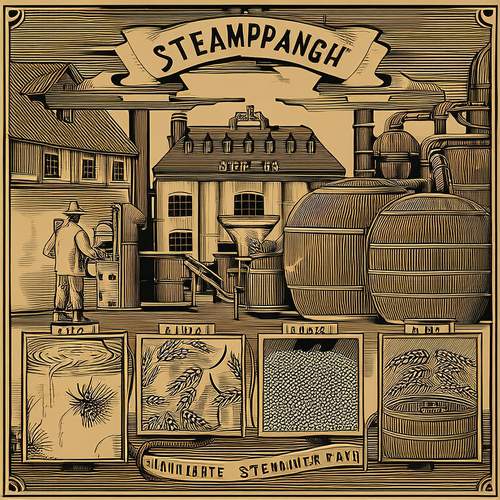
By /May 26, 2025

By /May 26, 2025
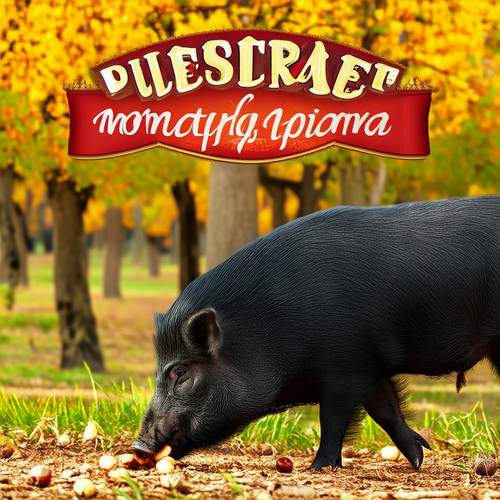
By /May 26, 2025
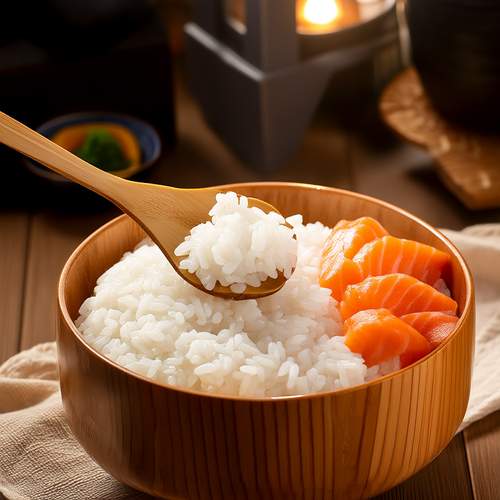
By /May 26, 2025

By /May 26, 2025
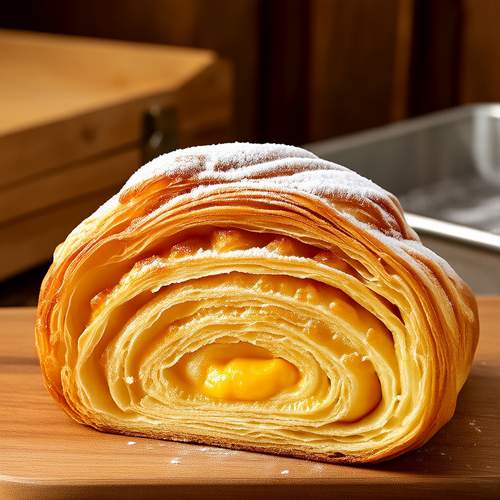
By /May 26, 2025

By Emily Johnson/May 10, 2025

By Elizabeth Taylor/May 10, 2025
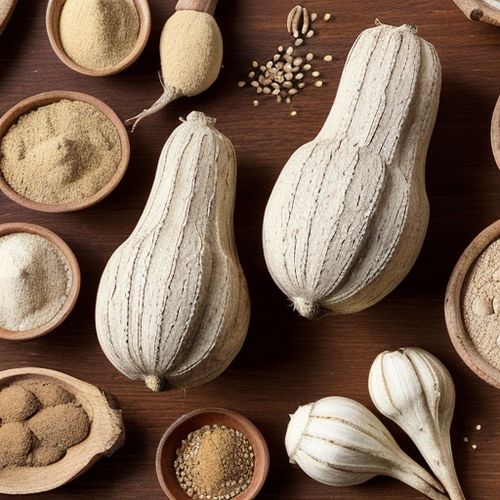
By Michael Brown/May 10, 2025
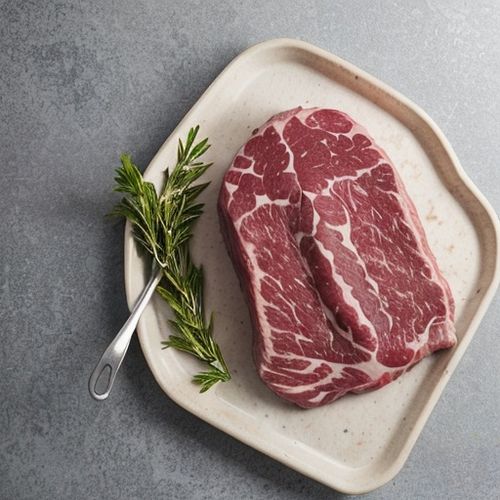
By Joshua Howard/May 10, 2025
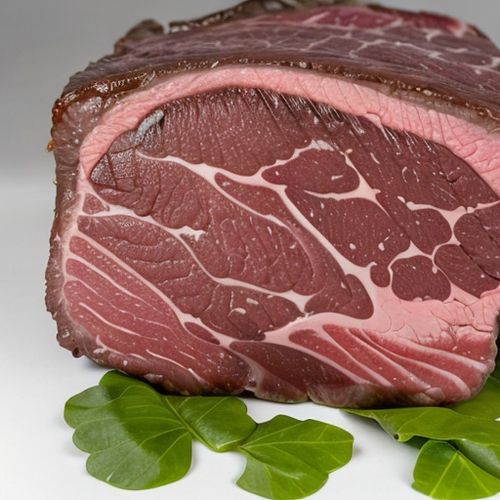
By William Miller/May 10, 2025
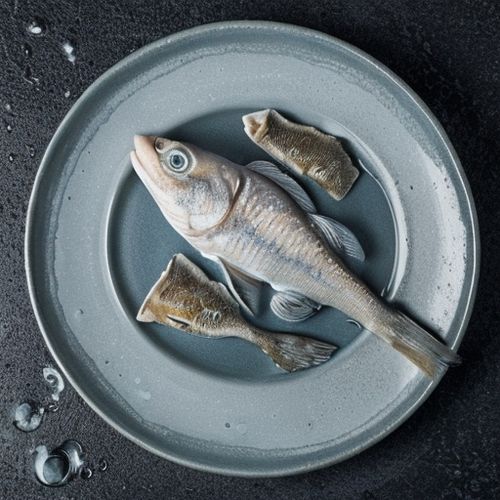
By Thomas Roberts/May 10, 2025
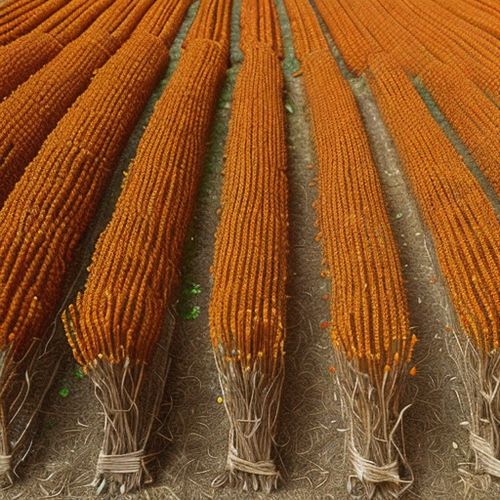
By Laura Wilson/May 10, 2025
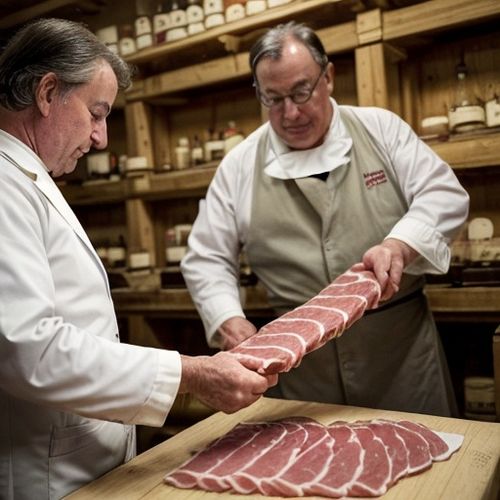
By Joshua Howard/May 10, 2025

By Ryan Martin/May 10, 2025
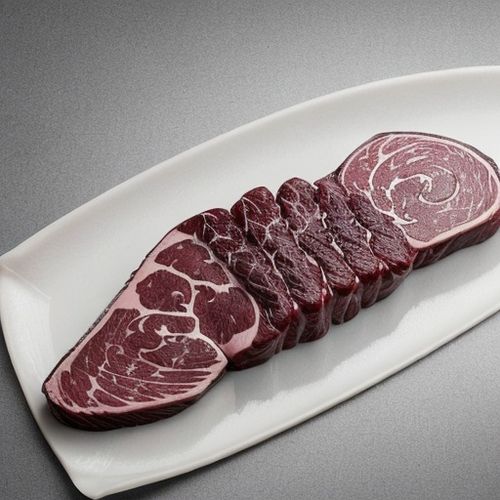
By Sarah Davis/May 10, 2025